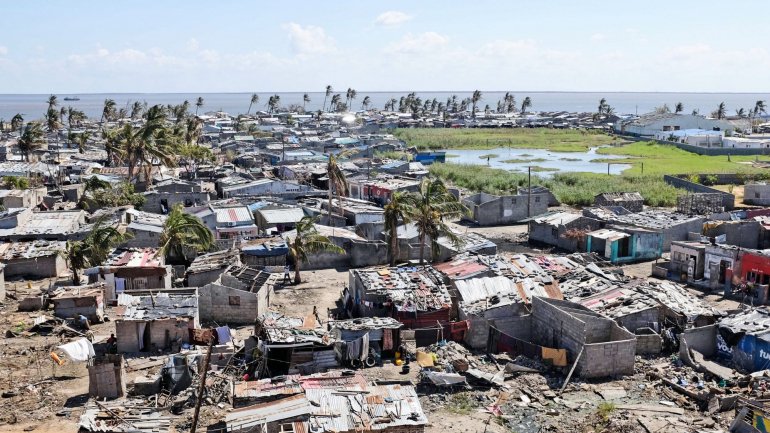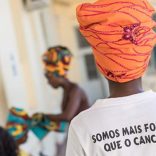Paratus Group launches EduLINK: Affordable Starlink connectivity for African schools
Pellagra resurfaces in post-cyclone Mozambique

FILE: For illustration purposes only. [File photo: Lusa]
Manuel Sigauque, 16, started getting “strange spots” on his face and arms, spots that almost left him deformed before he was diagnosed, in early November, with pellagra, a disease associated with malnutrition.
“I was in a lot of pain; I had high fevers and I was always weak,” he tells Lusa.
Before being taken to a hospital, Sigauque was under the care of a healer, because the family believed that the ‘burns’ might be the result of witchcraft. But, seeing no progress, the teenager ended up in the health centre in Munhinga, in Sussundenga district, central Mozambique.
The family changed their approach when an adult woman from the same village was diagnosed with the same symptoms and got a prescription for a vitamin supplement and a recommendation to consume more vegetables.
Both cases are included in statistics classified as “worrying” by health authorities in Manica province, because the outbreak of pellagra is associated with nutritional deficiency that has been worsened by the effects of Cyclone Idai.
Thousands of agricultural plots in Manica and Sofala, the source of the region’s food, were lost at harvest time in March 2019 to the destructive force of the cyclone.
Data from the provincial health department of Manica indicate that, since the outbreak of the disease in July 2019, 66 cases have been diagnosed. They are concentrated in the districts of Sussudenga – the worst hit – followed by Macate, Chimoio, Tambara, Gondola, Mossurize, Guro and Vanduzi.
“The disease is not common in communities and has not been diagnosed for a long time,” Xusa Isidoro, head of Public Health in Manica, told Lusa, adding that, since the first case was identified, health authorities had begun searches that turned up new cases.
“Districts are actively searching for cases and screening communities for the disease,” Isidoro added.
The disease being a matter of poor nutrition, he continued, health facilities and other community groups were giving demonstration of recipes based on local products to address vitamin B3 deficiency in the body.
“We make meals of foods rich in various nutrients, and thereby improve the health of the population,” he said.
The deputy national director for Public Health, Maria Benigna Matsinhe, warned in an interview with state broadcaster Radio Mozambique that, if the nutritional status of the population in the provinces of Manica and Sofala did not change, an estimated 60,000 people could develop pellagra before the end of May.
Manuel Sigauque, who is now following a strict diet, dropped the commonest dish in the village – xima (corn flour with dried fish) – and switched to yam porridge or green banana with pumpkin and peanut leaves, among other vegetable dishes.
By André Catueira













Leave a Reply
Be the First to Comment!
You must be logged in to post a comment.
You must be logged in to post a comment.